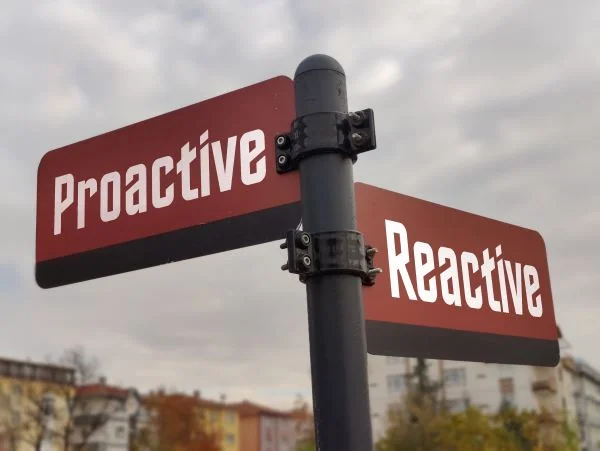Recently, a service incident reminded me of just how important the initial call information is to the timely solution of end users’ problems.
I took my malfunctioning DVD player back to the local retailer from whom I purchased it. I headed to the customer service desk and patiently explained the exact nature of the problem. With an understanding of analytical troubleshooting for finding root cause, I told him in minute detail exactly what the problem was, when the problem first occurred, how many times and when it re-occurred—even explained what seemed to be working okay versus what was not. After listening to my lengthy explanation of the problem, the customer service rep smiled, noted on the trouble ticket, “DVD player not working,” and promised that a repair technician would take a look at it and get back to me in a couple of days.
As I left there I was struck by the handicap under which the repair technician would be operating. With only the information that the DVD player was “not working,” he would begin his diagnostic work without any information about the timing, operating conditions—in general, the very nature of the problem. Valuable time would have to be spent doing a top-to-bottom technical diagnosis on the unit until the problem was isolated. Only then could he go about fixing the problem—ultimately taking much more time on the repair than required. All this because specific data provided by the customer had been lost, in large part because the service rep had no framework for finding root cause even though I had provided him with most of the necessary data.
So how does this scenario translate in companies for whom the customer support experience can differentiate them from their competition? In order to deliver on speedy issue resolution it is more important than ever that technical experts are working with as much information as possible when they begin their investigation, and as the problem is escalated within a support organization, details from the information source must travel along.
As consumers, we have all experienced the customer service call that, when transferred, required repeating the details of the problem each and every time you were transferred. Nothing is more frustrating! By building a framework in your customer support function that includes a logical sequence of questions and the ability to pass the data along if the problem changes hands, organizations can make the customer support function their competitive advantage.


